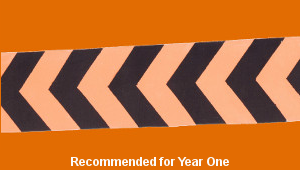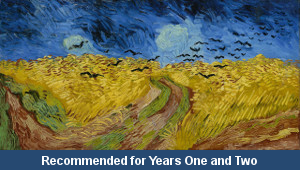Lesson Two – Walls

This art and design teaching pack for Key Stage One gets the children to record and identify examples of different patterns of shapes that can be found on the walls used to construct buildings in a range of city locations.
The class can select and list special vocabulary words that can be used to describe the special shapes that have been used in each wall pattern of bricks and stones.
Download this teaching pack including a lesson plan, classroom activities and an interactive presentation to record and identify examples of different patterns of shapes that can be found on the walls used to construct buildings in a range of city locations
Activities in this teaching pack include display posters to identify and describe some of the shapes and patterns seen on different walls and a vocabulary word bank to select and record some of the different shapes found in patterns around the school grounds.
The interactive presentation can be used to and explore examples of patterns of shapes that can be found on the walls of different buildings.
This lesson is part of an art and design scheme of work to get the children to identify, describe and model some of the different patterns of shapes that can be seen on buildings and street furniture around a city location. There are teaching activities for shared learning, differentiated worksheets to support independent learning and interactive presentations to introduce concepts and key skills.
-

Counting Back
Practise using the number technique of counting back to solve and complete a range of abstract and contextual subtraction calculations
-

Mother Nature
Explore how mother nature can provide nourishment, protection and support to all living things in different habitats and environments
-

Digraphs Word Sums
Investigate the spellings and meanings of different sets of words with a range of initial consonant digraphs
-

Van Gogh
Investigate and replicate the work and painting style of a famous artist from the past by producing a matching landscape of the school building
